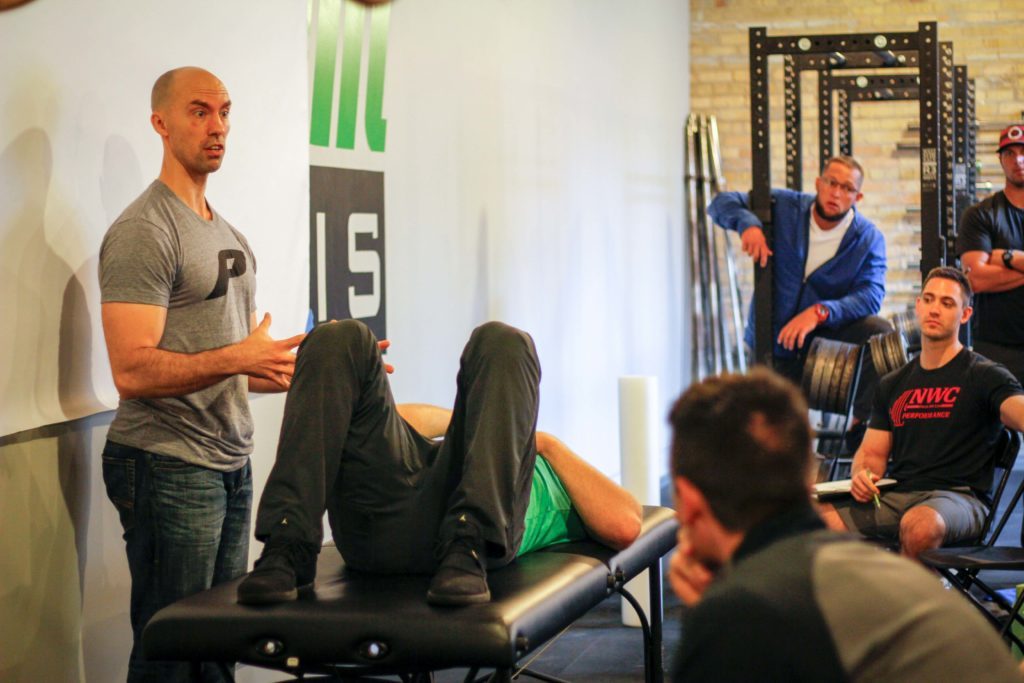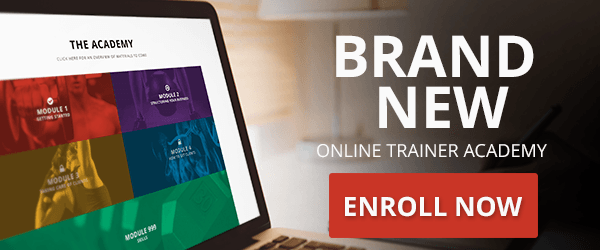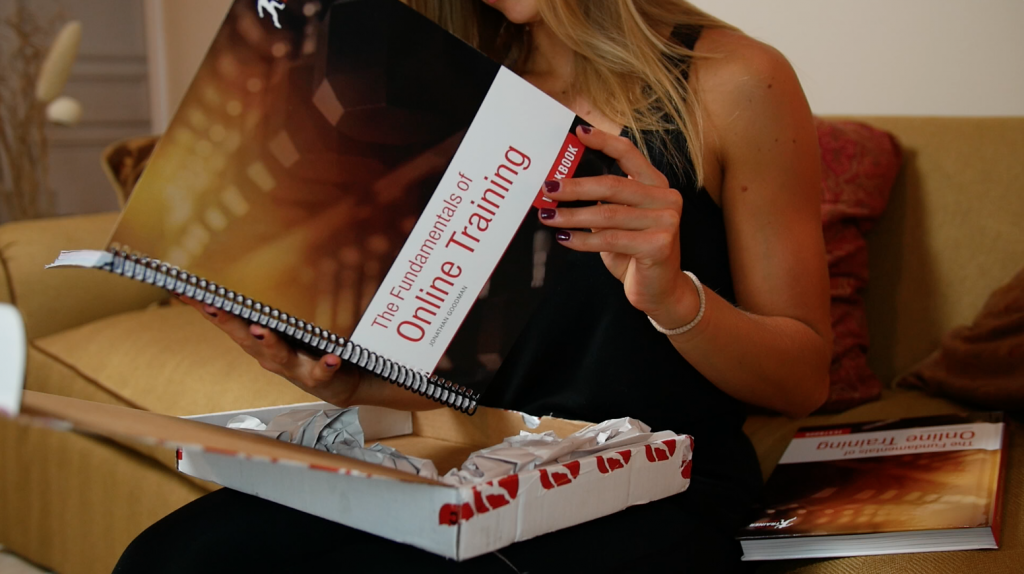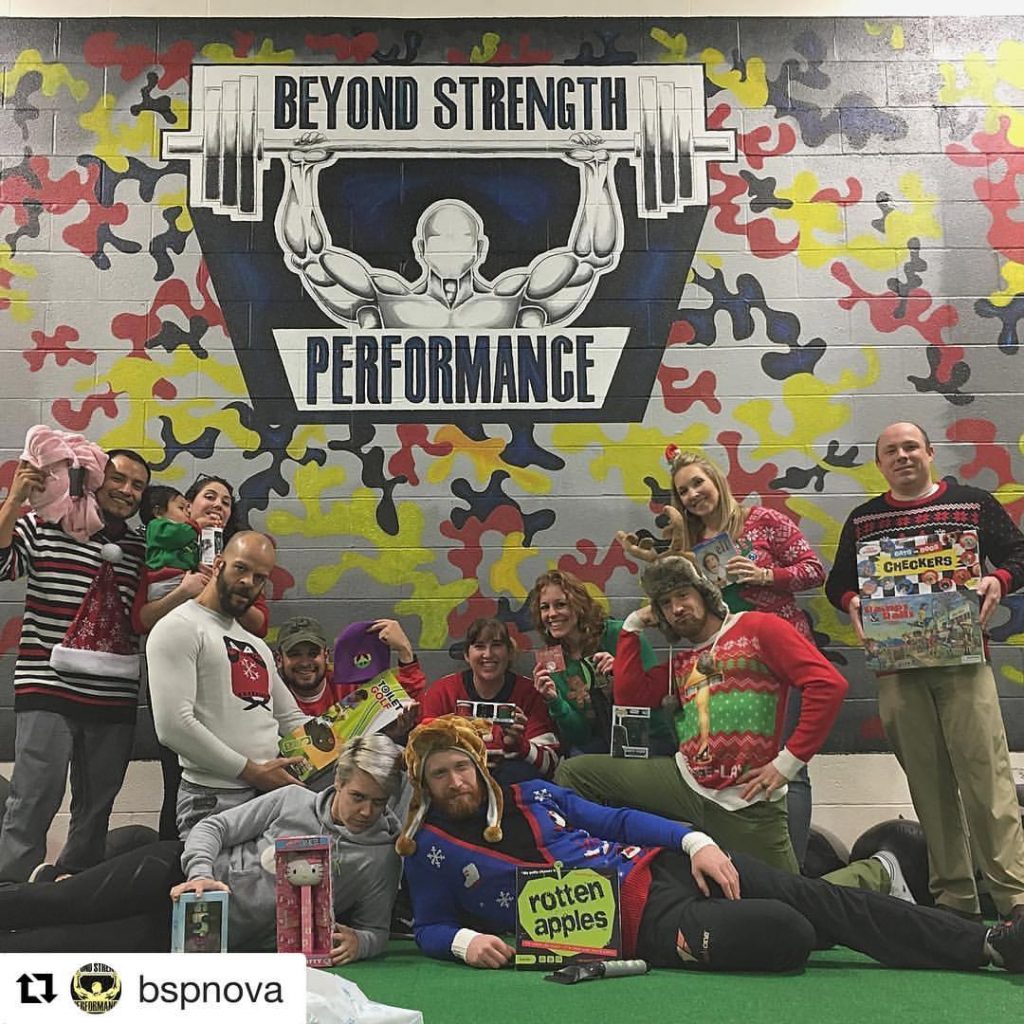Today’s guest post comes courtesy of Virginia based personal trainer, Detric Smith. In case the title doesn’t give it away, there’a a bevy of sage advice below geared toward fitness professionals on common things that can (not always) derail career advancement.
HINT: Not listed: Male pattern baldness and big biceps…;o)
This is a great read and I hope it helps any personal trainers out there reading.

8 Career Trap For Personal Trainers to Avoid
Welcome to an industry where trainers with an overnight certification or with a few shirtless posts on Instagram can take clients and money away from you. Even if it’s unfair, there’s not much you can do about it except rise above the trainers who only care about one thing.
Those who lack the dedication, knowledge and true passion for personal training will likely fall by the wayside while you’ll be still putting in the work to make a good living. But some of you have the potential to be great and need a little direction in becoming a career trainer.
A career trainer must do their job with a purpose of changing lives because this allows you to stay in the game. You must be able to put aside all the distractions, long hours, and temporary setbacks.
No one would blame you for falling for one of these 8 traps because easy money is almost always enticing. However, if you want a lifelong career as a personal trainer, read on to learn how to avoid these 8 potential career pitfalls.
Trap #1: Getting Promoted Too Soon
Is it too good to be true to become a gym manager or personal training supervisor within your first year of employment? Financially, it might be the best option for you.
But are you really prepared?
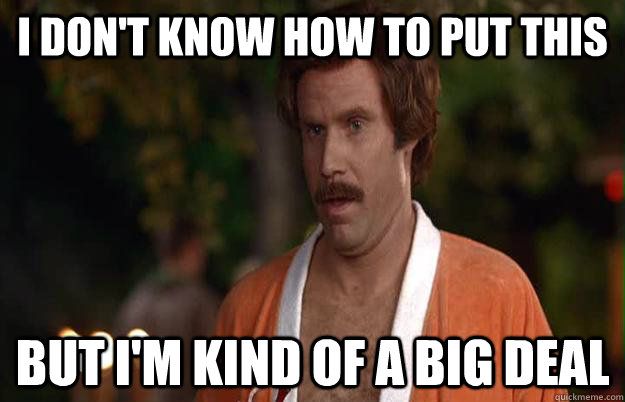
Getting promoted before you’ve had a chance to learn from your mistakes and mentors may derail your career. Because if you aspire to make fitness a profitable career you need to spend years on the floor, interacting with clients and perfecting the art of coaching.
This doesn’t mean turning down a promotion if you’re doing great things. But if you do get promoted, continue to train people, and do the smallest of jobs. The best business owners understand their customers by investing their time into what matters, which are listening, coaching and problem solving.
Trap #2: Confusing IG and FB Likes With Success
No one’s arguing Instagram and Facebook are outstanding marketing tools. But they’re just tools and not a means to make a sustainable income. You don’t own or control the platforms and have no control if you’re kicked off or not.
If that happens, then what?
Even if you have enough likes to make money off IG and FB, it could be taken away from you in a heartbeat.
For career trainers, judging your success by social media likes is a huge trap. Instead, focus on turning those likes into real-life clients by getting their emails, interacting with them via DMs or your stories and trying to help solve their problem.
Trap #3: Neglecting Continuing Education
Graduation and getting a certification doesn’t mean you know everything because you’re a newbie.
This industry is constantly changing, and your market is constantly changing also. The people I trained ten years ago are different than the ones I train now. Physiology is important, but no one cares about the Krebs cycle. They only care about losing their love handles.

You know, in case you’re ever short on dinner conversation
Don’t know what’s left to learn?
Study business management, psychology, finance, the art of coaching… anything.
Hell, dive into the history of welding if you want to. Learning new things keeps you excited, challenges your brain, and helps you become a more creative and compassionate coach.
Trap #4: Unrealistic Income Expectations
Remember, you want to be a career trainer, not a part-time trainer. No one gets an undergrad or certification and instantly becomes a “trainer to the stars”, pulling in millions a year. It took Ben Bruno many years of training under Mike Boyle before he trained the likes of Justin Timberlake and Chelsea Handler.
You’re going to invest lots of time, effort, and probably your own money into your business for a long time before you’re turning any real profit. You’ll likely be working 12+ hour days, with a lot of hours early in the morning and late in the evening.
And you may need a second job to make ends meet.
If you’re not prepared for this, you have been warned. However, if you love what you do and embrace the grind, you will be rewarded. You’ll be able to work for yourself and create your own hours. Plus, you will be making real money but only if you prove your worth first.
Trap # 5: Targeting The “Wrong” Market
Some newbie trainers want to train athletes and people who look like them. 20-somethings who are already in relatively good shape and have tons of options, and quite frankly don’t really need you. The reality is you need to be training everyone who walks in the door until you figure out who you like to train.
These are typically general population clients between the ages of 30-70 who have the time and disposable income money to pay for your services. Make yourself different by being better than the other trainers who ignore them.
Then educate these clients about how you can make a huge difference in their lives.
Trap #6: Sacrificing the Truth For Quick Cash
Sure, you might get someone in for one or two sessions through a flashy ad making promises you cannot keep. But is this long-term strategy for success or a great way to shoot yourself in the foot?
Making a sale is about finding a problem you can solve and then solving it.
Understand and listen to the story they’re telling themselves because it’s possible they aren’t fully aware of their own problems.
Dig deep, create a connection, and try to find their why.
Once you‘ve connected with them, answer their objections, and show them you’re invested in them. When you get this right, the money won’t be a factor, and they’ll stay with you long-term.
Trap #7: Selling A Product Before It Exists
This product is you.
Take the time to intern, get a good mentor and gather as much experience as you can.
Know when you don’t know, and don’t be a fraud. Honestly, telling someone “I don’t know, but I’ll find out for you or connect you to someone who does” puts you in a position of trust.
People make buying decisions, especially with their health, based on trust. Even if you lose a client today, you’ll gain five down the road by earning trust while expanding your expertise in the meantime.
After gaining invaluable experience, study business, and build your product. This is your career, after all, not some side gig. Learn from the best about how to grow your personal training business.
Trap #8: Following The Crowd
Everyone is doing it, so I should too.
Didn’t your mom tackle this issue with the “if your friends jumped off a bridge…” question?
I know you think that’s where the money is but it’s a trap. The money might be there short-term, but the long-term is a different matter. Unless you originated something, studied it for decades, and you’re a top name on a topic, you won’t stand out from the crowd.
Instead, go in the opposite direction. Do what no one else is doing because I’ll guarantee you there’s a market somewhere that’s being ignored. Maybe it’s the over-50 crowd who want a safe, effective, team-oriented group training session where they get personal attention. And when you find them, go all in.
Wrapping Up
I’ve been a trainer for 20 years and I’ve seen excitement and trends come and go. You do not want to be a one trick pony in this industry if you’re interested in a long-term career. Invest time in yourself, your career, and in the right clientele, and you might just crush it.
About the Author
Detric Smith, CSCS, ACSM EP-C, PN-1 is the owner of Results Performance Training in Williamsburg, Virginia. He has over two decades of experience as a personal trainer and sports performance coach.
He develops personal trainers through his site DetricSmith.com, and serves as a mentor through various fitness organizations.





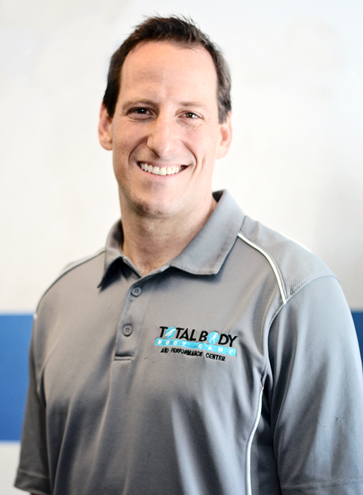





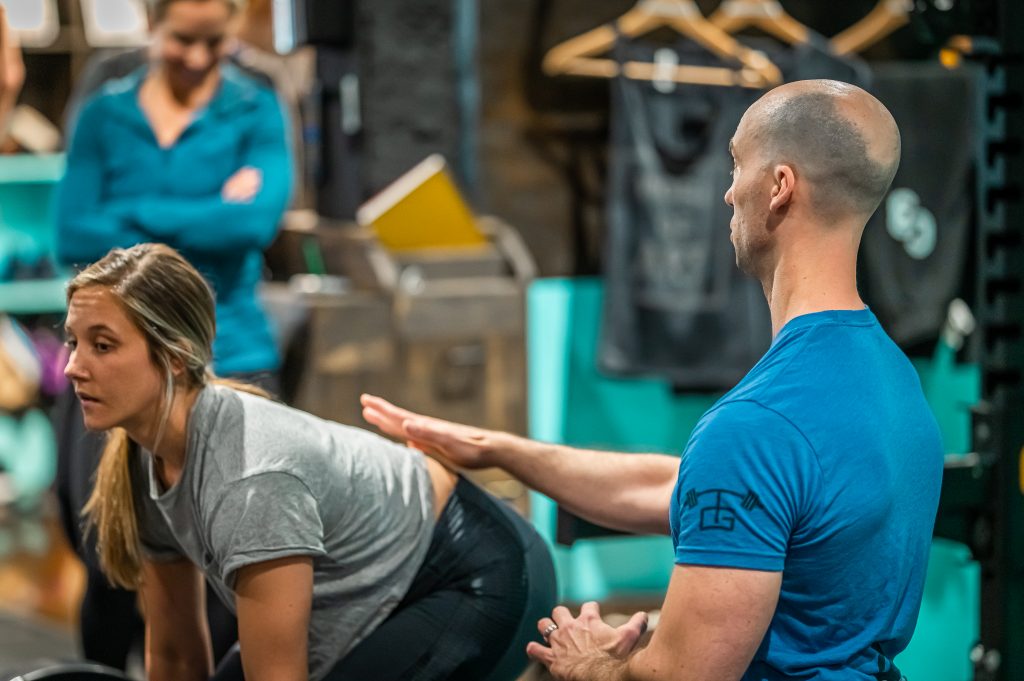
 Joel Ohman is a serial entrepreneur, author, and angel investor. He is the founder and CEO of
Joel Ohman is a serial entrepreneur, author, and angel investor. He is the founder and CEO of 

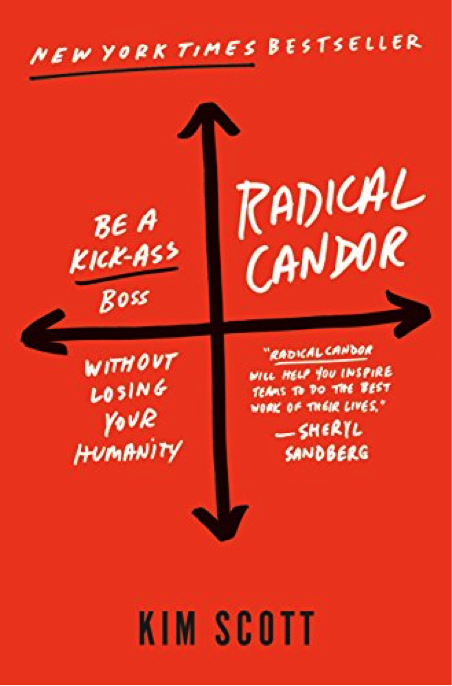
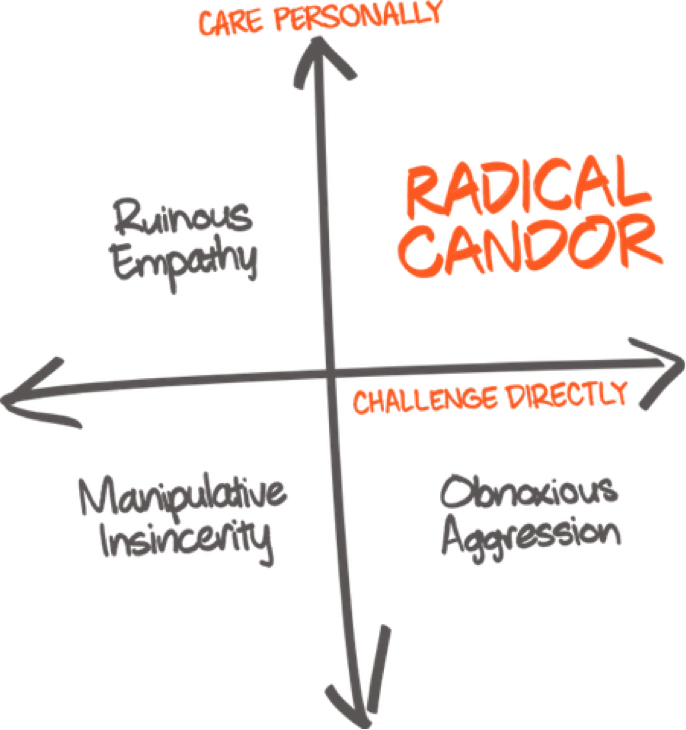
 Joel Ohman is a serial entrepreneur, author, and angel investor.
Joel Ohman is a serial entrepreneur, author, and angel investor.
